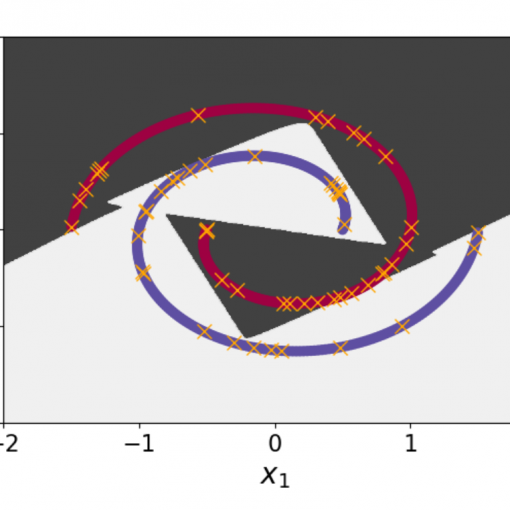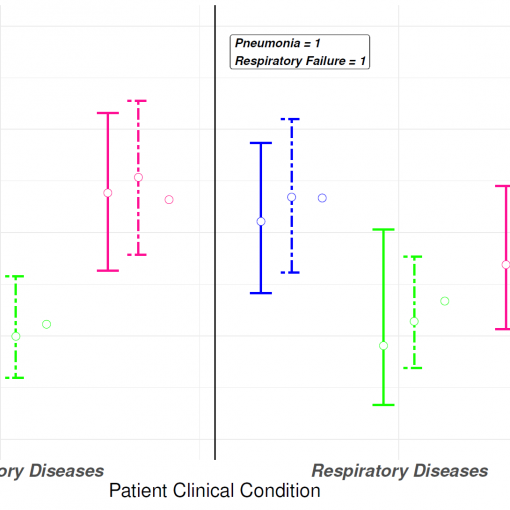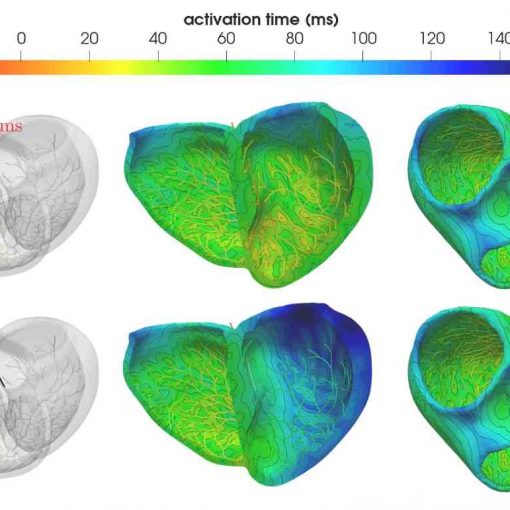A new MOX Report entitled “Clinical outcomes of percutaneous coronary interventions after transcatheter aortic valve replacement” by Pivato, C.A.; Cozzi, O.; Fontana, N.; Ieva, F., et al. has appeared in the MOX Report Collection.
Check it out here: https://www.mate.polimi.it/biblioteca/add/qmox/58-2025.pdf
Abstract: The number of patients undergoing percutaneous coronary interventions (PCI) after transcatheter aortic valve replacement (TAVR) is expected to increase, but their prognosis remains poorly understood. Consecutive PCI patients with prior TAVR were compared to patients without prior TAVR between 2008 and 2023. The Kaplan–Meier method was used to estimate the 1-year incidence of major adverse cardiovascular events (MACE), defined as a composite of cardiovascular death or myocardial infarction. An entropy balance approach was implemented to adjust for imbalances in patient and procedural characteristics. Adjusted hazard ratios (HRs) were estimated using weighted Cox regression models. Comparing 420 PCI patients with prior TAVR (mean age 80.8 years, 37.1% women) to 1197 without (mean age 70.4 years, 24.6% women), 1-year MACE was higher in the prior TAVR group (8.7 vs. 3.7%; unadjusted HR 2.35, 95% CI 1.49–3.69; P < 0.001). After adjustment for clinical and procedural characteristics, prior TAVR remained associated with an increased risk of MACE (adjusted HR 2.36, 95% CI 1.08–5.16; P = 0.032). This was primarily driven by higher cardiovascular death (adjusted HR 3.12, 95%! CI 1.10 8.79, P = 0.032), while the association with myocardial infarction was attenuated post-adjustment and no longer statistically significant. Patients undergoing PCI after TAVR experience a higher incidence of MACE compared to those undergoing PCI without prior TAVR, underscoring the importance of accurate patient selection before performing PCI in patients with chronic coronary syndrome and history of TAVR.




